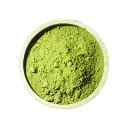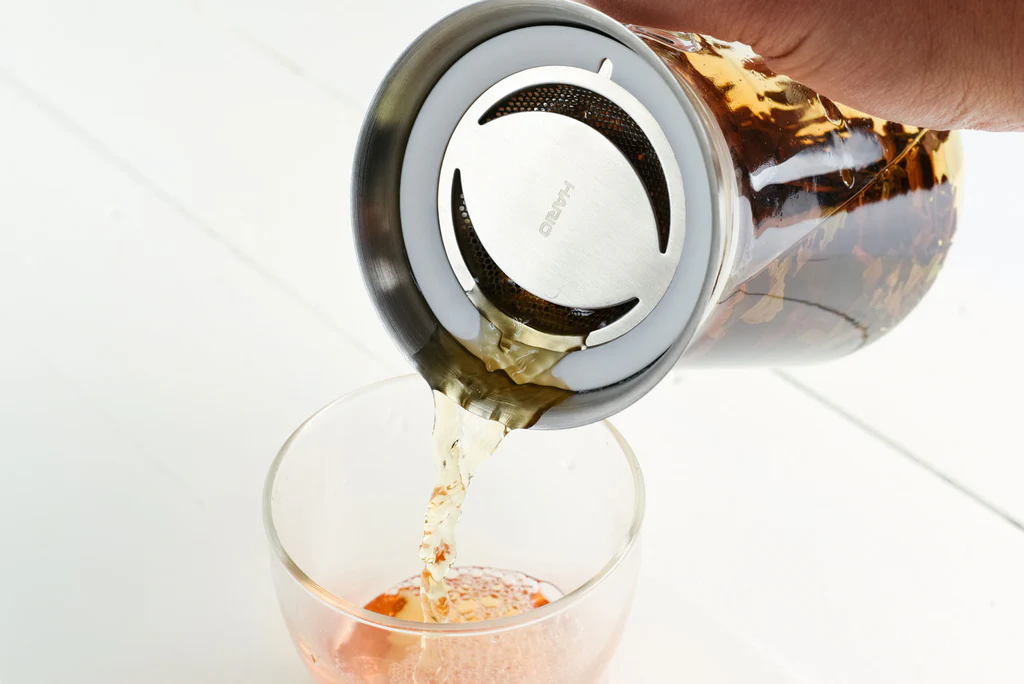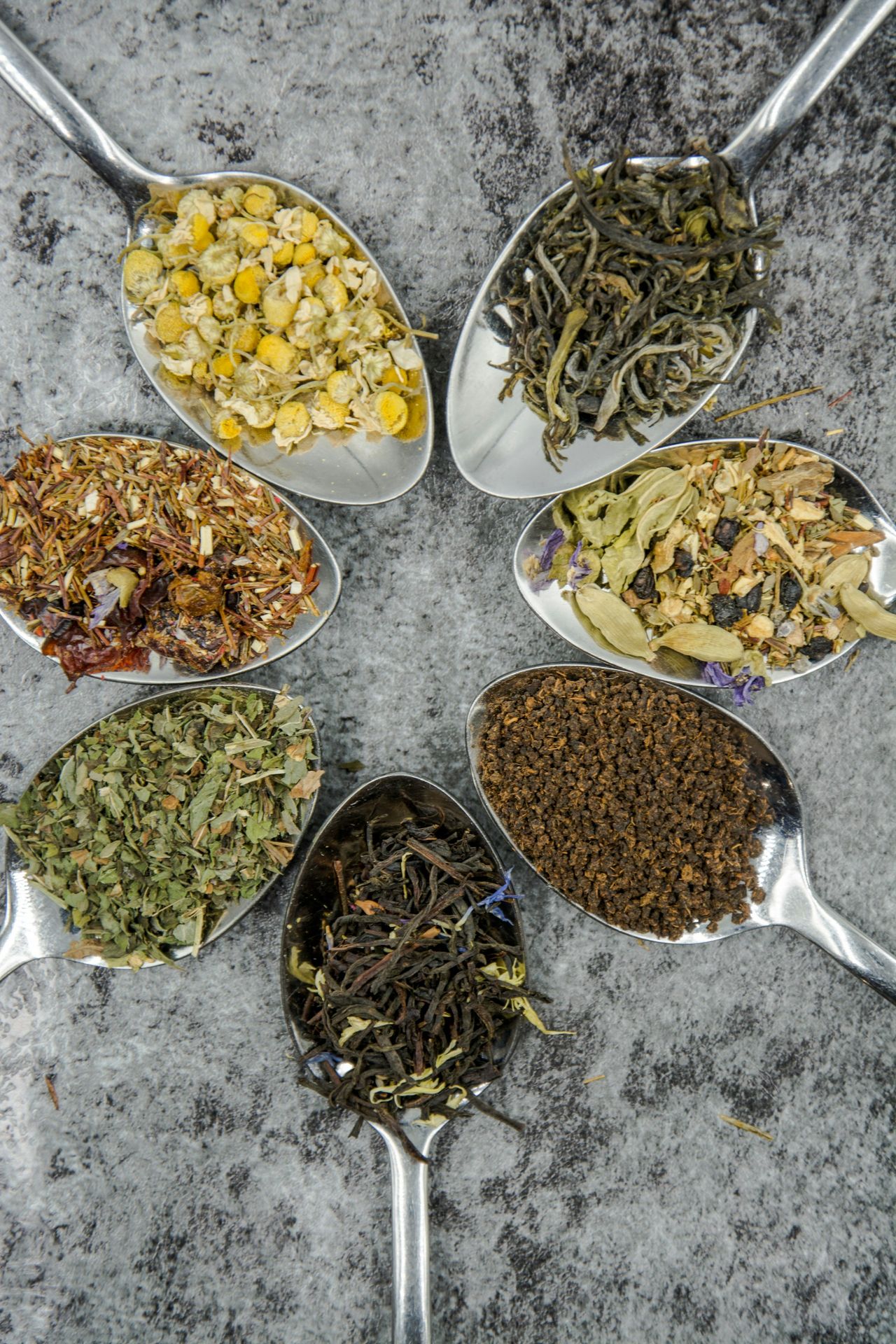Matcha Green Tea
perfect for baking, and with milk
🍵 Matcha – Green Tea Powder
A tea with history
Matcha is a finely powdered green tea with roots in China’s Tang Dynasty (7th–10th century). By the 12th century it became central to Zen Buddhist practice, valued for its ability to calm the body and clear the mind. While loose-leaf teas gradually replaced matcha in China, Japan embraced it — turning the matcha tea ceremony into an indispensable part of Zen monasteries and later the Shogun elite.
Chinese vs. Japanese Matcha
- Chinese matcha → darker green, slightly tart, with a pronounced aroma. Excellent for baking and with milk.
- Japanese matcha → lighter, sweeter, and more delicate, with a smooth umami finish. Ideal for traditional tea ceremonies or pure enjoyment.
☕ How to Make It
- Sift about 3 g of matcha powder into a tea bowl (150–200 ml).
- Add a splash of water at 60–70 °C.
- Whisk vigorously (traditionally with a bamboo chasen) in a zigzag motion until a smooth, frothy brew forms.
- Enjoy straight, or add warm milk for a creamy matcha latte.
🌱 How Does It Taste?
- Chinese matcha → robust, slightly tart, with a deeper aroma. Bold and versatile.
- Japanese matcha → smooth, creamy, with natural sweetness and a lingering umami note. Elegant and refined.
Both bring energy, clarity, and a gentle lift — perfect for meditation, focus, or simply a mindful tea break.
👩🍳 How to Use It in the Kitchen
Matcha isn’t only for tea bowls — it’s a versatile ingredient:
- Matcha latte – whisked with hot milk for a creamy, energizing drink.
- Smoothies & juices – adds color, antioxidants, and a clean green flavor.
- Baking – perfect in cakes, cookies, or cheesecakes (Chinese matcha’s bolder flavor holds up especially well).
- Desserts – blend into ice cream, tiramisu, or panna cotta for a unique twist.
- Savory dishes – sprinkle a little into dressings, noodles, or even tempura batter for a gourmet touch.
📦 Ingredients
Green Tea
Origin: China





